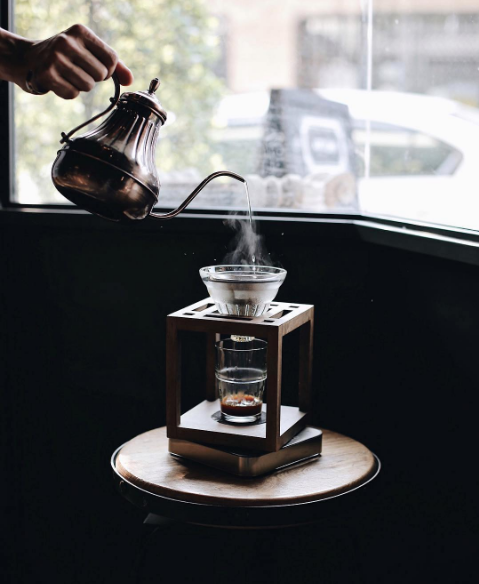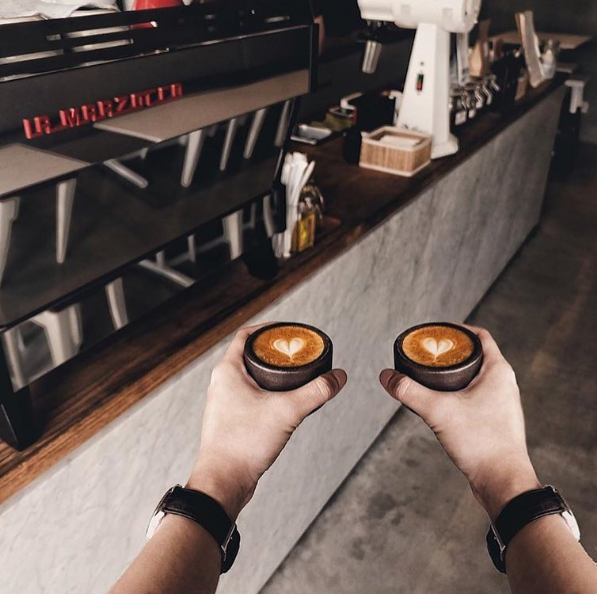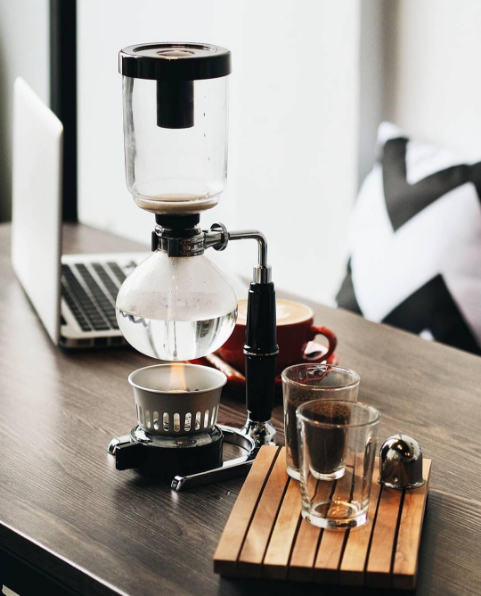Little knowledge sharing of Coffee extraction
What is the appropriate temperature for coffee extraction?
In fact, I spent about a day thinking about how to answer this question. It's not that the problem is unfathomable, but that we receive too much information. As you are familiar with, "coffee tastes best at 85 °", or in many business training sessions, the coffee machine is set at 96 °. There are also some textbooks that say coffee is better at 92 degrees. If you just want to know the result, don't dig into the cause. It is true that the more I hear it, the more confused I get.
Let's divide the problem into three steps.
1. Let's start with the problem itself, no matter whether we make hand brew, siphon, or espresso. If you have attended a training course, you will always mention the problems of insufficient extraction and excessive extraction. In simple words:
Insufficient extraction means that the flavor of coffee is not fully extracted by water. At this time, if it is espresso, the color will be lighter and sour.
When the extraction is insufficient, the taste is often sour.
Coffee is excessively extracted, that is, the flavor of coffee is excessively extracted by water, which is mixed, bitter and even scorched.
If you extract too much, it tends to taste bitter.

2. Coffee extraction is over-water, so the higher the water temperature is, the more flavor will be extracted. Therefore, excessive temperature may lead to excessive extraction (of course, there are other reasons).
On the contrary, if the temperature is too low and the flavor intake is not enough, the extraction will be insufficient.
The fresher the coffee is, the more flavor it will contain. The longer the coffee is kept, the less flavor it will contain.
The conclusion is that the fresher the coffee is, the lower the temperature is because you don't want to extract the excessive flavor. The less fresh the coffee is, the higher the temperature will be, because a higher temperature is needed to increase the solubility of the water to absorb the retained flavor.
For example, espresso often takes about a week to wake up, and the coffee extraction temperature is often about 92 °a week later. If it has been placed for more than 3 months, it will often be 96 °.
Hand-made coffee is often ready to drink on the third day, so very fresh shallow roasted coffee (light roasting is often low temperature, we'll talk about it later) some people even use about 70 °for extraction.
Even if the Philharmonic pressure is made, the fresh coffee powder will swell. At that time, my extraction was stable at about 85 °.
Therefore, the biggest significance here is not how much temperature is the most appropriate. Because this is not a ready answer. But after understanding the nature of the extraction, the appropriate temperature should actually be relatively speaking, that is, relative to coffee beans, but also relative to the taste. To master the rules well, it is most important to try by yourself.
Important Notice :
前街咖啡 FrontStreet Coffee has moved to new addredd:
FrontStreet Coffee Address: 315,Donghua East Road,GuangZhou
Tel:020 38364473
- Prev

The Best question and answer Collection of Coffee extraction
Following Cafe Review (official Wechat account vdailycom) found that many friends found that the coffee they brewed tastes different each time, so they asked: what is the concentration standard of coffee when extracting? In the way of coffee extraction, which is the more correct way of extraction? What is incorrect extraction? Coffee beans
- Next

What are the extraction principles of hand-brewed coffee
Follow Kaiping (Wechat official account vdailycom) found that when the beautiful cafe opened a small shop of its own to extract coffee, put the ground coffee powder into a filter cup and carefully filled it with water. The first time to inject a small amount of water, and rest until soaked in coffee powder, and then divided into 3 to 4 times of water injection. Why do we have to divide these steps? This is because the principles of dissolution and diffusion are used in coffee extraction. Such as
Related
- What is the meaning of lactic acid fermentation with coffee bean treatment?
- How to judge the state of foam by sound?
- How does the latte pull out the unicorn pattern? Come to get for a little trick to improve the flower pull!
- Will flower pulling affect the taste of the latte?
- Do you know the history of coffee?
- The difference between honey treatment and sun washing what is raisin honey treatment?
- What kind of milk can a novice use to make coffee foam to keep the foam longer? The correct method and skills of milking tutorial sharing
- Why do washed coffee beans taste sour? Flavor characteristics of washed Coffee
- Introduction to the skill of how to practice the size and height of water injection around the circle of hand-brewed coffee
- How do beginners practice coffee flower drawing from scratch?

